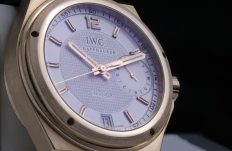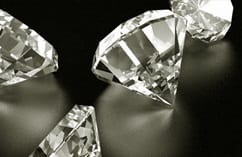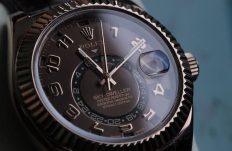Whether you are looking to become a precious metal investor or you are seeking fine jewellery to wear, buying precious metals requires a little bit of knowledge. When shopping for precious metals, you need to know what to look for in order to ensure that you are getting the correct value out of your purchase. Here are the factors that you should keep an eye out for:
The Purity of the Piece
All gold is not the same. In many cases, it will be alloyed with other metals to increase its strength and durability. However, this usually diminishes the value of a piece. The same rule applies to pieces made of other precious metals. Make sure to enquire about the purity of a piece by percentage. No piece will be 100% -the most you can get is 99.9%-, but a lower purity means a lower value. For instance, a 95% purity silver piece will be more valuable than an 80% purity silver piece that is otherwise exactly the same.
The Rarity of the Piece Itself
In most cases, it is the rarity of the piece that causes a stark difference in price, even if two items are nearly identical. As such, you must be sure to find out about the history of a piece of precious metal that has a traceable background.
The Type of Precious Metal
As you probably already know, a piece of jewellery or bullion’s value is strongly affected by which precious metal it is made of in the first place. For this, you should not only think about silver, platinum and gold. In addition the more commonly known types of precious metals, you should also look out for the following ones:
Osmium
Although it is closely related to platinum, osmium is the heaviest naturally occurring metal on the planet. It also has a bluish tint that accentuates its silvery hue. Due to the processes in which it is obtained, osmium can often be found in a powder or a pellet form when sold alone. When used in jewellery, it is often alloyed with platinum to strengthen the piece; due to the value of osmium itself, this will not significantly diminish the value of the piece, so don’t be frightened away if you come across a piece that is 90% platinum and 10% osmium.
Rhodium
Rhodium is extremely resistant to scratching and corrosion. It also has a natural sheen greater than that of most other metals. Because of these features, rhodium is often used as plating atop gold, silver and platinum jewellery. If you are considering buying a piece of rhodium plated jewellery, know what is underneath, as this will significantly affect the value.
Palladium
Palladium is very similar to platinum and it is just as rare. Generally speaking, palladium’s value is slightly less than what platinum’s is at a given time.
Iridium
Iridium is known for its extremely pale appearance — despite its slight yellowish tint. Because of this, it is often used as an alternative to platinum, which has a slightly grayer appearance. It is extremely corrosion resistant and durable, allowing jewellery made of this material to last longer.
Are you buying precious metals for what they are worth?
You don’t want to overpay for a precious metal piece because you don’t understand how to assess its value. Be sure to consider all of the factors above when figuring out whether or not a piece is worth buying. In order to ensure that your assessment is accurate, always consult the help of a precious metal expert.
For more detailed information about precious metals, visit Pinto Cash For Gold at our Midtown Toronto location at the intersection of Yonge, or contact us online.








